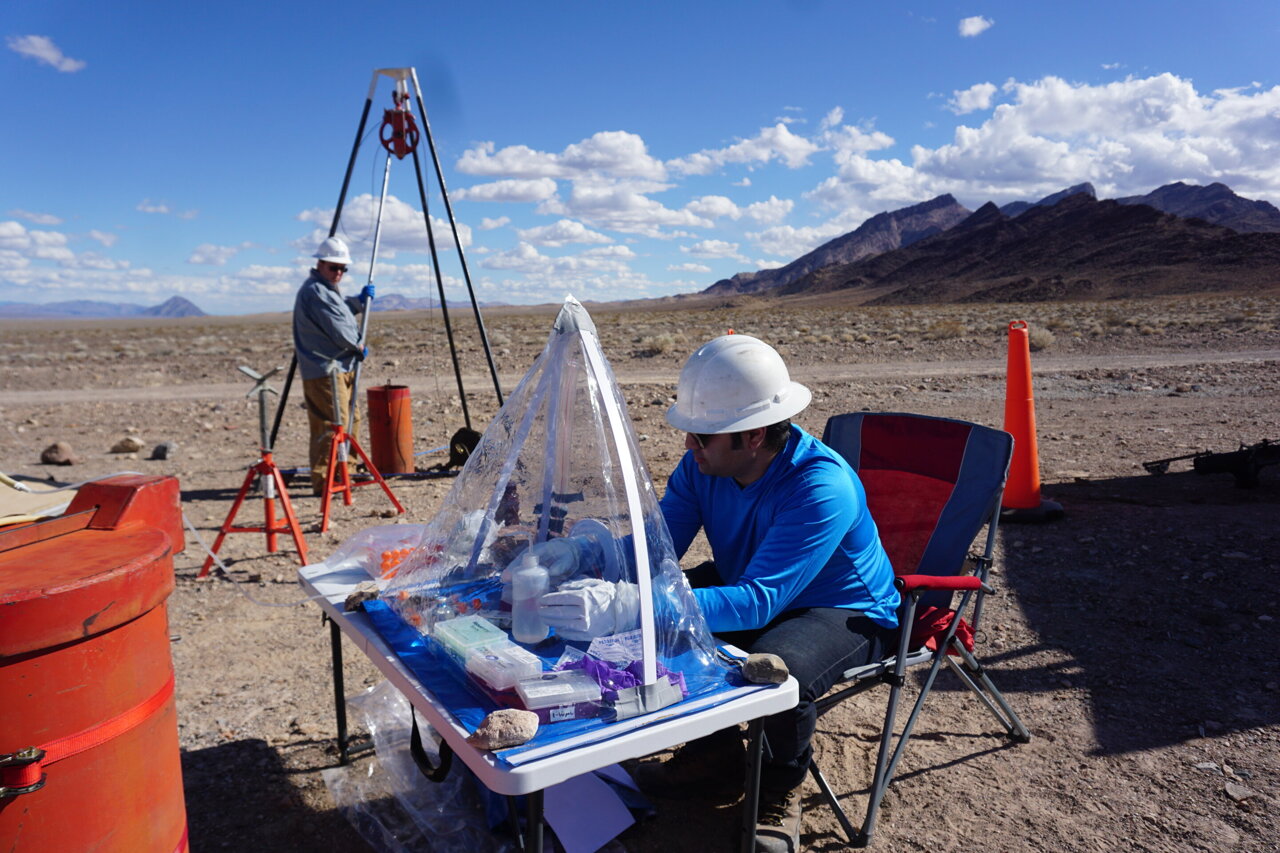The team at the Desert Research Institute is presently collecting samples from the borehole in Death Valley. The innovative technique developed by a team of scientists at Bigelow Laboratory for Ocean Sciences enables the correlation between the genetics and functions of individual microbes residing deep underground in oxygen-deprived conditions. This connection between genetics and functions has long been a challenge in microbiology but is essential for understanding the role of microbial communities in global processes like the carbon cycle.
At the Single Cell Genomics Center of Bigelow Laboratory, researchers have identified a specific species of sulfate-consuming bacteria as not only the most abundant but also the most dynamic organism in a groundwater aquifer located nearly half a mile beneath the Earth’s surface in Death Valley.
The research, outlined in the Proceedings of the National Academy of Sciences, demonstrates how this innovative approach serves as a powerful tool for assessing the activity levels of various organisms in these environments.
Lead author of the paper, Research Scientist Melody Lindsay, mentioned, “Previously, we had to assume uniform activity levels for all cells, but now we can observe a wide range of activity levels among individual members of microbial communities. This insight helps us grasp the capabilities of these microbial communities and their potential impact on global biogeochemical cycles.”
This recent study is part of the “Genomes to Phenomes” initiative, a collaboration involving Bigelow Laboratory, the Desert Research Institute, and the University of New Hampshire. It leverages advancements in single-cell genetic sequencing by integrating flow cytometry to estimate crucial processes like respiration rates within these cells.
Flow cytometry, a technique adopted at Bigelow Laboratory, allows for the rapid identification of living microbes in aquifer water samples. By using a specially designed compound that fluoresces under laser light during specific cellular activities, researchers could pinpoint the active cells in the samples collected from Death Valley.
After isolating and measuring these active cells, their individual genomes were sequenced. Additionally, meta-transcriptomics and radioisotope tracers were used to validate the findings and gain deeper insights into the genetic capabilities and functional activities of these microbes.
The Single Cell Genomics Center is the sole analytical facility globally that provides this innovative technique to researchers. Ramunas Stepanauskas, Senior Research Scientist at Bigelow Laboratory and the principal investigator of the project, expressed excitement about the study’s contribution to unraveling the mysteries of subterranean microbial ecosystems.
The study builds upon the initial demonstration of this approach, which initially focused on quantifying individual cell activities in oceanic microbes consuming oxygen. The team has now demonstrated its applicability in low-biomass environments housing anaerobic microbes, such as those present in the subsurface aquifer of California.
In the future, the research team aims to expand the application of their method to measure other anaerobic reactions such as nitrate reduction and explore new environments like coastal sediments in Maine. Furthermore, they are considering implementing this method in various settings, including the deep ocean subsurface and potentially on extraterrestrial bodies.
The study by Melody R. Lindsay et al., titled “Species-resolved, single-cell respiration rates reveal dominance of sulfate reduction in a deep continental subsurface ecosystem,” provides insights into the hidden activities of subterranean life forms, shedding light on the intricate world beneath our feet.
